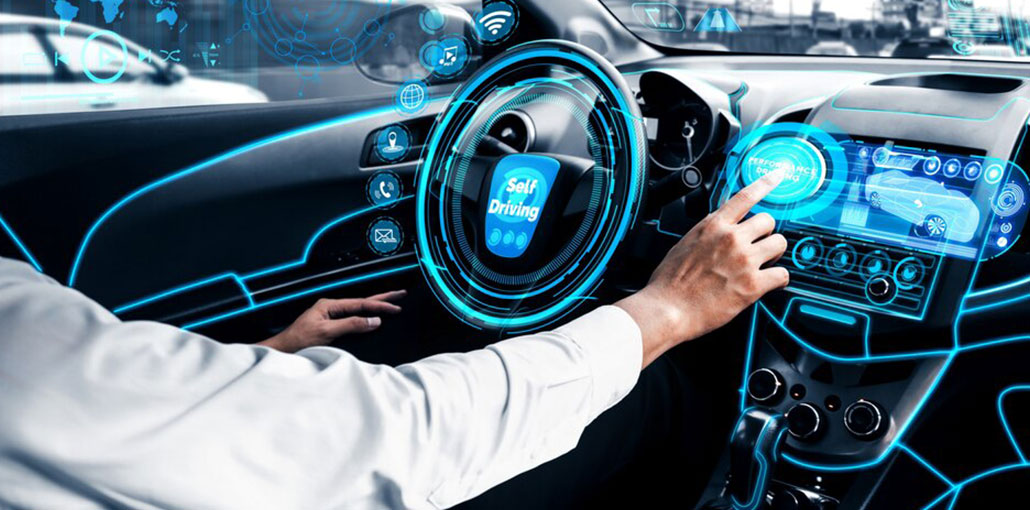The automobile industry, since its inception, has undergone countless transformations, driven by the ceaseless tide of technological innovations. Today, as the world grapples with environmental concerns, the focus has sharply turned towards sustainable and eco-friendly automotive solutions. Green is the new gold, and the automobile industry isn’t lagging in joining this revolution.
Try SCA to receive access to eco-friendly vehicles. Such auctions promote sustainability by offering an extensive range of green vehicles, demonstrating the ever-growing integration of technology and environmental consciousness. But how is technology pushing the boundaries in crafting eco-friendly vehicles? Let’s delve deeper.
Electric and Hybrid Engines
The most notable advancement in the realm of eco-friendly vehicles is the development of electric (EV) and hybrid vehicles (HEV). These vehicles either completely eliminate or significantly reduce the reliance on fossil fuels, leading to a substantial decrease in carbon emissions. Advanced battery technologies, like lithium-ion and solid-state batteries, are enabling longer ranges and faster charging times, making EVs and HEVs more viable for the average consumer.
Additionally, ongoing research and development in the field of electric and hybrid vehicles has spawned innovations including wireless charging pads, battery packs with high energy density, and sophisticated energy management systems. These innovations are tackling long-standing issues with EVs and HEVs, namely “range anxiety” and lengthy charging times. As a result, encouraged by the ease and efficiency these vehicles currently provide, more people are thinking about making the move. The dominance of electric and hybrid engines in the transportation industry will be further cemented by improved infrastructure, including an increase in the number of charging stations and regulations that are incentive-driven by governments around the world.
Also read: A Comprehensive Guide to Buying a Used Electric Vehicle
Lightweight Materials
With the application of cutting-edge research, automakers are employing lightweight materials such as carbon-fiber composites and aluminum in their vehicle designs. Lightweight vehicles mean improved fuel efficiency and reduced CO2 emissions. Technological advancements in material science ensure that these materials maintain high strength, ensuring the safety of the vehicle is never compromised.
In keeping with this development, the incorporation of nanotechnology in material production is providing the automotive sector with new opportunities. Scientists are reaching an unmatched balance between weight and durability by modifying materials at the molecular level. Such materials have enhanced resistance to deterioration and the effects of the environment, in addition to reducing the overall weight of a vehicle.
The use of these cutting-edge materials also paves the path for more aerodynamic vehicle designs, improving performance and fuel economy even further. Many premium and performance car manufacturers have already begun implementing these materials as proof of this advancement, ushering in a new age in automobile construction and design.
Advanced Driver Assistance Systems (ADAS)
ADAS includes features like adaptive cruise control, lane departure warnings, and automatic braking. Not only do these features enhance safety, but they also optimize vehicle performance. By ensuring smooth driving and reducing the frequency of sudden acceleration or braking, these systems indirectly aid in improving fuel efficiency and reducing emissions.
Eco-Friendly Tires
Tires play a pivotal role in a vehicle’s performance. Companies are now designing eco-friendly tires that have reduced rolling resistance, which means they require less energy to move. Such tires not only improve the vehicle’s fuel efficiency but also last longer, leading to a reduction in waste.
Regenerative Braking Systems
This technology, primarily found in electric and hybrid vehicles, allows for the conversion of the kinetic energy lost during braking back into stored energy in the vehicle’s battery. This not only increases the vehicle’s efficiency but also extends the battery’s life.
Based on this idea, engineers and academics are looking at ways to improve and broaden the application of regenerative braking systems. Energy capture process optimization, minimizing energy loss during transitions, and maximizing the quantity directed to the battery are the key goals of this field of innovation. Additionally, the incorporation of AI-driven algorithms is improving the energy recapture’s ability to be predicted based on driving patterns and environmental factors.
Such clever systems working in tandem with regenerative braking may enable vehicles to adjust their energy-saving tactics in real-time, providing drivers with an unheard-before fusion of performance and sustainability. It is projected that as these systems advance, even non-electric vehicles may adopt versions of them, establishing new benchmarks for the automotive energy economy.
Also read: 10 Computer Vision Technologies Used in Smart Cities
Smart Traffic Management
On a broader scale, technology is reshaping urban landscapes to support eco-friendly automobiles. Smart traffic management systems, powered by AI and real-time data analytics, aim to reduce traffic congestion. By ensuring smoother traffic flow, these systems reduce the time cars spend idling, leading to a significant drop in emissions.
The next stage of smart traffic management is laying the groundwork for a more integrated urban transportation environment, going beyond simply reducing congestion. The development of the Internet of Things (IoT) has allowed for continuous communication between traffic lights, road sensors, and moving cars, resulting in a dynamic grid where traffic modifications are performed in real-time based on the circumstances at hand. A system like this may give priority to emergency vehicles, divert traffic in the event of unplanned catastrophes, or even recommend the best routes for drivers.
Urban planners can also proactively plan modifications to the infrastructure and traffic patterns by utilizing machine learning algorithms to forecast peak traffic hours and potential bottlenecks. This symbiotic relationship between technology and urban design will become increasingly important as cities expand and change in order to promote sustainable mobility and lessen the environmental impact of our transportation systems.
Vehicle-to-Everything (V2X) Communication
V2X technology allows vehicles to communicate with everything around them – from other vehicles to traffic lights and even pedestrians. This improves traffic flow and reduces the chances of accidents. As a result, vehicles can maintain steady speeds and avoid unnecessary stops, promoting better fuel efficiency.
The fusion of technology and eco-consciousness in the automotive sector paints a hopeful picture for the future. As innovations continue to roll out, there’s a palpable excitement among car buyers and tech enthusiasts alike. While the journey to a fully sustainable automotive industry is long, with the integration of advanced technologies and a collective commitment to the cause, a greener future on the roads is not just a dream but a soon-to-be reality.










Leave a comment